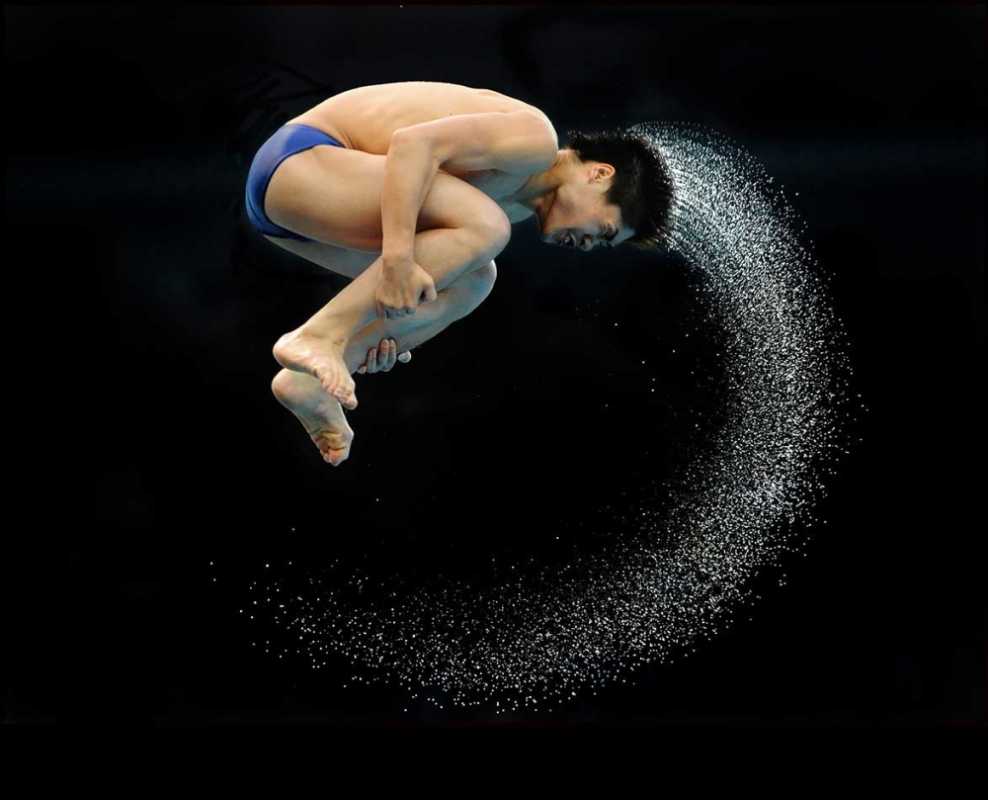Features
The Art Of Sports Photography: Capturing The Moment

Sports photography is an exhilarating and challenging genre that requires a unique set of skills and techniques to capture the essence of the moment. Whether you are photographing professional athletes or capturing the excitement of a local sports event, being able to freeze that split-second action and convey the emotion and intensity is what sets extraordinary sports photographs apart. In this article, we will explore the art of sports photography and delve into techniques, equipment, composition, and post-processing to help you take stunning sports photographs.
Equipment
When it comes to sports photography, having the right equipment is crucial. A fast and reliable camera with a high frames-per-second (FPS) rate and excellent autofocus capabilities is essential. This allows you to capture fast-moving subjects and ensure that you don’t miss any critical moments. A telephoto lens with a long focal length is also essential to bring you closer to the action, especially when shooting from a distance or in a large stadium. Look for lenses with a wide aperture for better low-light performance and the ability to create a beautiful background blur, isolating the subject from distractions.
Composition
In sports photography, composition plays a vital role in creating dynamic and visually appealing images. It’s crucial to anticipate the action and position yourself in the right spot to capture the best moments. One popular technique is the “rule of thirds,” where you divide the frame into three sections horizontally and vertically and place the main subject along those lines or at their intersection points. This technique creates a balanced and visually pleasing composition. Additionally, try to capture different angles and perspectives to add variety to your shots. Get low to the ground for an intense and unique perspective or position yourself higher up for a broader view of the field or arena.
Capturing Action
The key to capturing the action in sports photography is to use a fast shutter speed. This freezes the motion and ensures sharp images. Experiment with different shutter speeds to find the right balance between freezing the action and capturing some motion blur to convey a sense of dynamics. Burst mode or continuous shooting mode is also invaluable as it allows you to capture a series of frames in rapid succession, increasing your chances of getting that perfect shot. Pay attention to the timing and anticipate the peak action, such as a basketball player mid-air or a soccer player kicking the ball.
Lighting and Exposure
Understanding lighting and exposure is crucial in sports photography, particularly when shooting indoors or during nighttime events. Sports arenas often have challenging lighting conditions, with a mix of bright spotlights and dark shadows. It’s essential to adjust your camera settings accordingly. Use a higher ISO setting to boost the camera’s sensitivity to light, but be mindful of noise in your images. Shoot in aperture priority mode to have control over the depth of field and let the camera automatically adjust the shutter speed. Spot metering can be helpful to ensure accurate exposure on the subject’s face or the most crucial area of the frame.
Post-Processing
Even the best sports photographs can benefit from some post-processing to enhance their impact. Shoot in RAW format to have more flexibility in editing. In post-processing, pay attention to adjusting the white balance, which can be challenging due to the various lighting conditions. Increase the contrast and clarity to make the subjects pop and sharpen the images if needed. Crop the frame to improve composition and eliminate any distractions. Remember, however, to keep the editing natural and avoid excessive manipulation that could compromise the authenticity of the moment captured.
In conclusion, sports photography is an art that requires a combination of technical skills, preparation, and an eye for the decisive moment. By using the right equipment, understanding composition techniques, capturing action, managing lighting and exposure, and applying thoughtful post-processing, you can elevate your sports photography and capture breathtaking, memorable moments in the world of sports.










